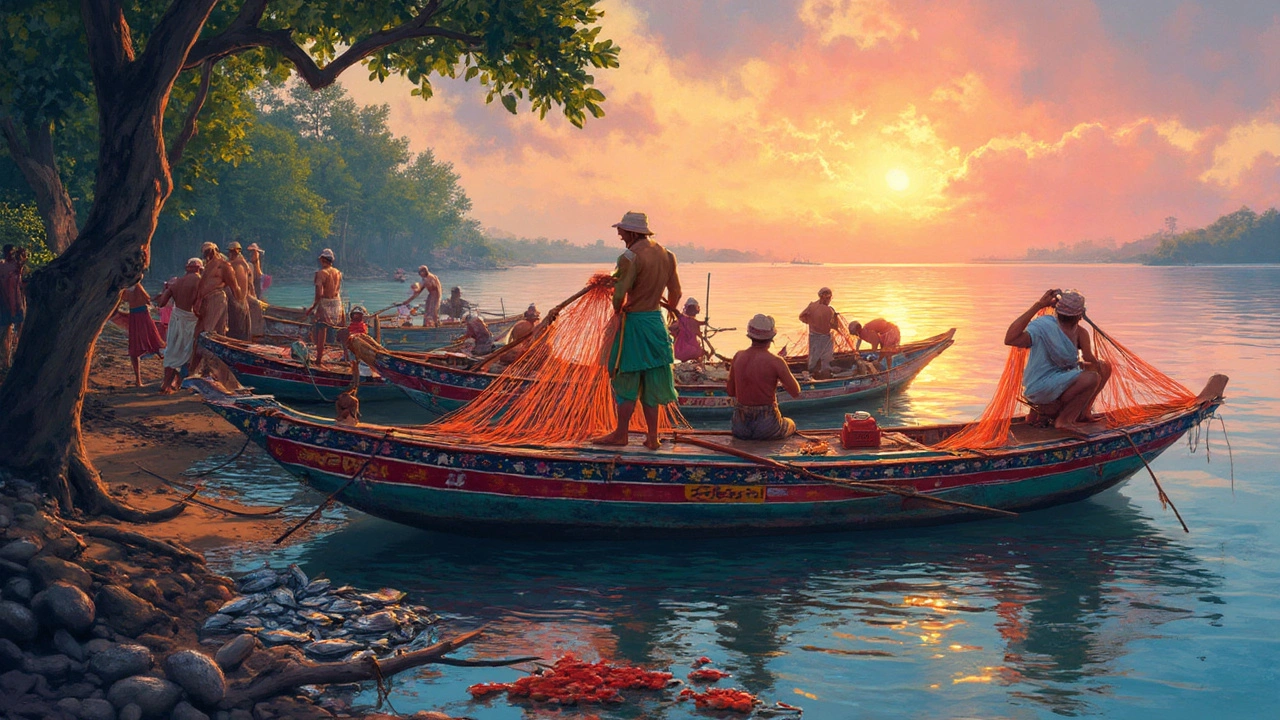Fish Population: What’s Really Happening in India’s Water Bodies
When we talk about fish population, the number of fish living in a specific water body at a given time. Also known as aquatic biodiversity, it’s not just about counting fish—it’s about whether the whole system can keep supporting life. In India, rivers like the Ganges, Brahmaputra, and Godavari, along with coastal waters and lakes, once teemed with species from carp to catfish. But today, many of those numbers are dropping—not because of natural cycles, but because of what we’re doing to the water.
Water pollution, the introduction of harmful substances like industrial waste, plastic, and untreated sewage into aquatic environments is one of the biggest killers. A 2023 study by the Central Pollution Control Board found that over 70% of monitored river stretches in India had pollution levels above safe limits for aquatic life. Then there’s overfishing, catching fish faster than they can reproduce. In coastal areas like Kerala and Odisha, small-scale fishers are using nets so fine they catch baby fish before they can grow. Even traditional fishing practices are being pushed to the edge by commercial trawlers and illegal gear.
It’s not all bad news. Some places are fighting back. In Tamil Nadu, community-led fish sanctuaries have helped local carp populations bounce back. In the Sundarbans, mangrove restoration is giving juvenile fish a safe place to grow. And in the Himalayan rivers, bans on dynamite fishing and stricter licensing are slowly making a difference. These efforts show that when people understand the link between healthy fish populations and clean water, they act.
What you’ll find in the posts below are real stories from across India—researchers tracking fish decline in the Western Ghats, engineers designing fish-friendly dams, and farmers turning to sustainable aquaculture to protect their livelihoods. There’s no guesswork here. Just facts, field data, and the people on the ground trying to fix what’s broken.




